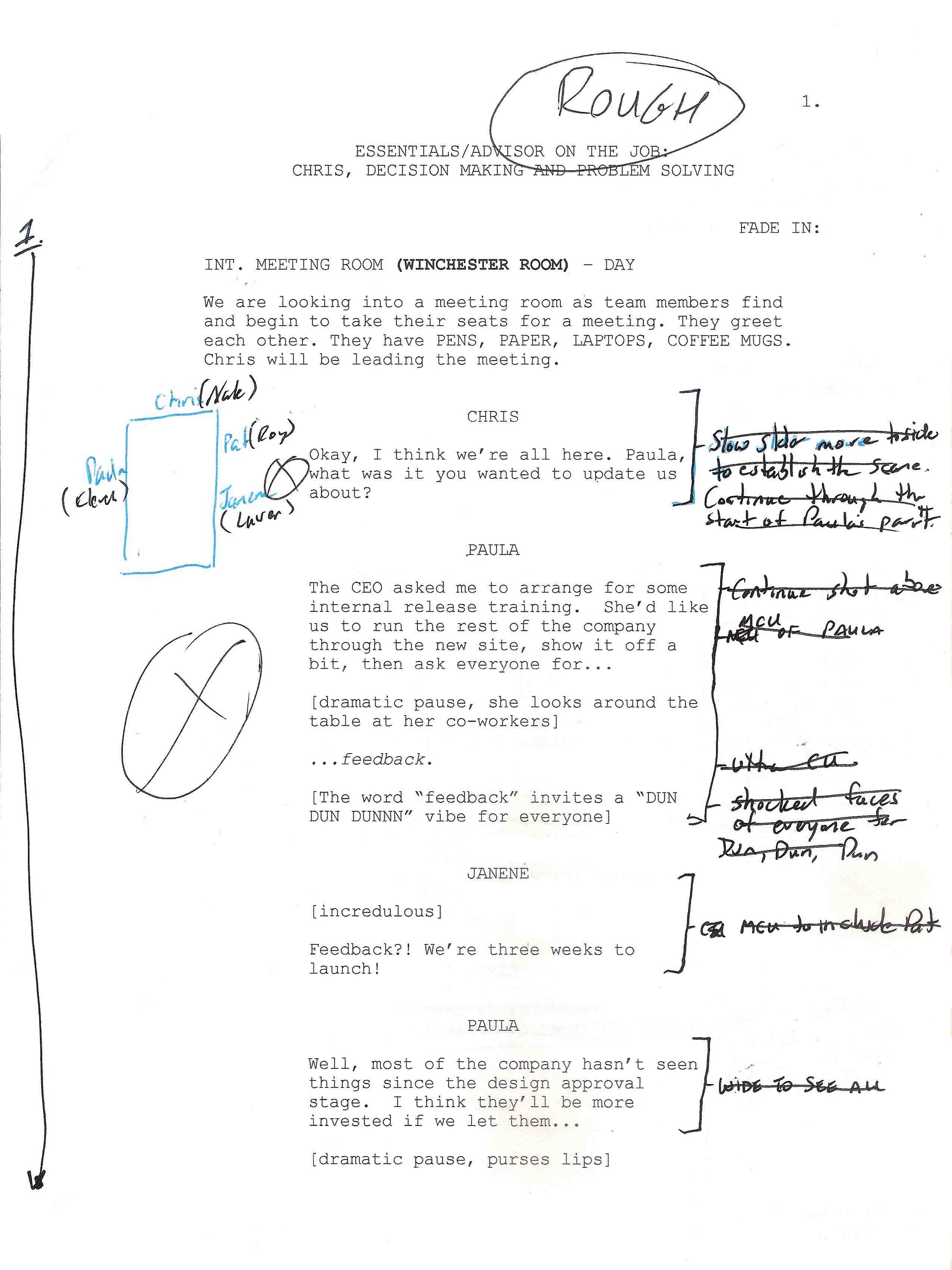What to Expect on Your Video Shoot: A Client's Guide to the Production Team
In this picture; Director, Director of Photography, 1st Assistant Camera, Grip, Production Assistants, Boom Op.
Getting started on a video project for your brand can be an exciting journey, and as the big day gets closer you may find yourself asking, "what is going to happen during the shoot?" or "who are all these people, and what do they do?" We're here to demystify the process and introduce you to the key professionals who will bring your vision to life.
Some projects are really big and require really big teams. Other projects are quick and easy and only require three to four people to get it done. And some projects require locations, props, production design, transportation and logistics, and hired talent while others require a simple room, a couple of lights, a camera and microphone.
Sometimes each member of a production team has just one thing they do, while other projects require team members to do multiple things. If you’ve ever seen a movie being shot and wondered why there are a hundred people working on it, it’s because there are so many moving parts to keep an eye on.
The team that works on your project is going to be determined by its complexity and its scale. So let’s dive into some of the team members you may meet.
Here Are Some People and Roles You May Meet Along the Way
Producer
The Producer, in feature film speak, is the person or company who is funding the production. In the case your brand’s project, you are the producer.
Director
The Director is the production’s “CEO”. They are the most visible on the shoot day and they are very involved in the details. They watch all parts of the production and answer any questions or concerns as they arise. For your project, they make sure that spoken lines are delivered correctly, the look-and-feel of the images coming into the camera look they way they’re supposed to, they act as liaison with your team, and most importantly they make sure your brand and product look amazing.
Assistant Director (AD)
Your production could have multiple Assistant Directors depending on its size. They report to the Director. They’ll manage the set schedule, shot list, props and assure everything is staying on script.
Scriptwriter/Screenwriter
Here’s a script with notes from the Scriptwriter, Director, DP. Looks like a mess?
This one is pretty self-explanatory, but the Scriptwriter writes and edits the script. They work to advance the story, align with the strategy and reach the desired goals for the production.
Director of Photography/Cinematographer (DP)
The Director of Photographer, or Cinematographer, is the person who brings the script to life on film. They are responsible for planning and executing the use of lighting, camera angles, colors of lights, cameras and other equipment to ensure the right mood and look is on target. They work very closely with the Director to ensure the Director’s vision is accomplished.
Camera Operator
This role reports to the DP and operators the camera and associated gear according to the DP’s direction. It includes ensuring the color, lighting, focus, exposures, and other filming aspects are adjusted accordingly. They may also have an assistant to help with cables, batteries and other duties.
Lighting Director / Gaffer
The lighting director and or gaffer work together to manage the lights and all associated components and plans. The gaffer is the electrician, while the lighting director makes decisions to achieve the right look and light placement.
Key Grip
The key grip secures lighting, cameras, microphones and anything on the set that needs to be rigged in a specific place.
Audio Technician or Audio Engineer
The audio tech manages audio recording, microphones, and monitors and adjusts audio levels. They place microphones on the people who will be on camera, and they are magicians at hiding microphones in clothing, props and just about anywhere else they need to in order to get great sound without being obvious.
Set Designers help plan and execute everything on set that needs to be seen in a shot. They work as part of the Art Department.
Production Designer
The production designer understands the way a scene should look. And they use paint, props, wardrobe and more to make sure what you see on camera looks right. For example, if your brand colors are blue and orange, they’re going to make sure that the walls, clothing, etc. complement those colors. The work of a good production designer is the difference between a video shoot and a cinematic shoot.
Hair and Makeup (HMU)
HMU artists are the unsung heroes of film making. They make us all look good by making the talent look good. There’s an art to making sure people look good on camera and HMU knows how to bring the best out of skin complexions and hair colors.
Editor
The editor organizes and manages the filmed footage for the production and places them individually in the correct position to develop the sequence of scenes. It might seem confusing (see below) but a good editor knows the ins and outs of their editing program to make the most of the footage.
Here’s the editor’s view once the editing begins.
Production Assistant
Last, but certainly not least, the production assistants help do a bunch of little things to save other staff time and keep the production running smoothly. This could include getting lunch, organizing equipment, standing in for an actor, keeping an eye on equipment that isn’t being used (this is sometimes referred to as Fire Watching), or any number of small tasks.
Each of these roles requires a specific skill set that will help make a video project better and more cost effective in the long run.



